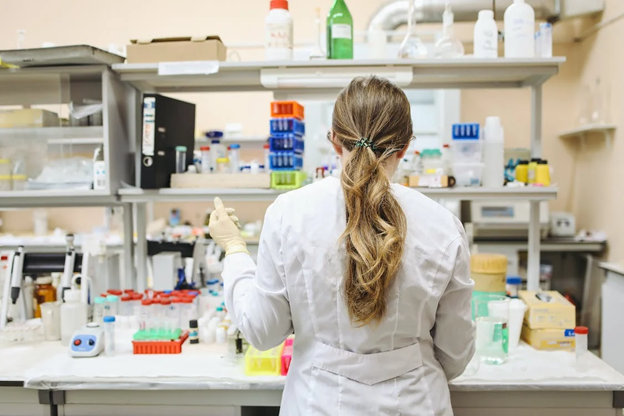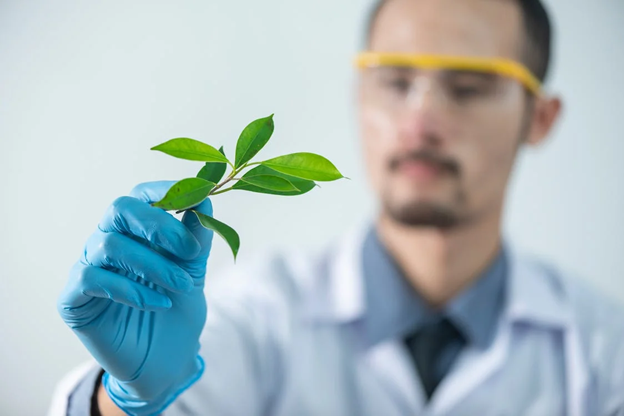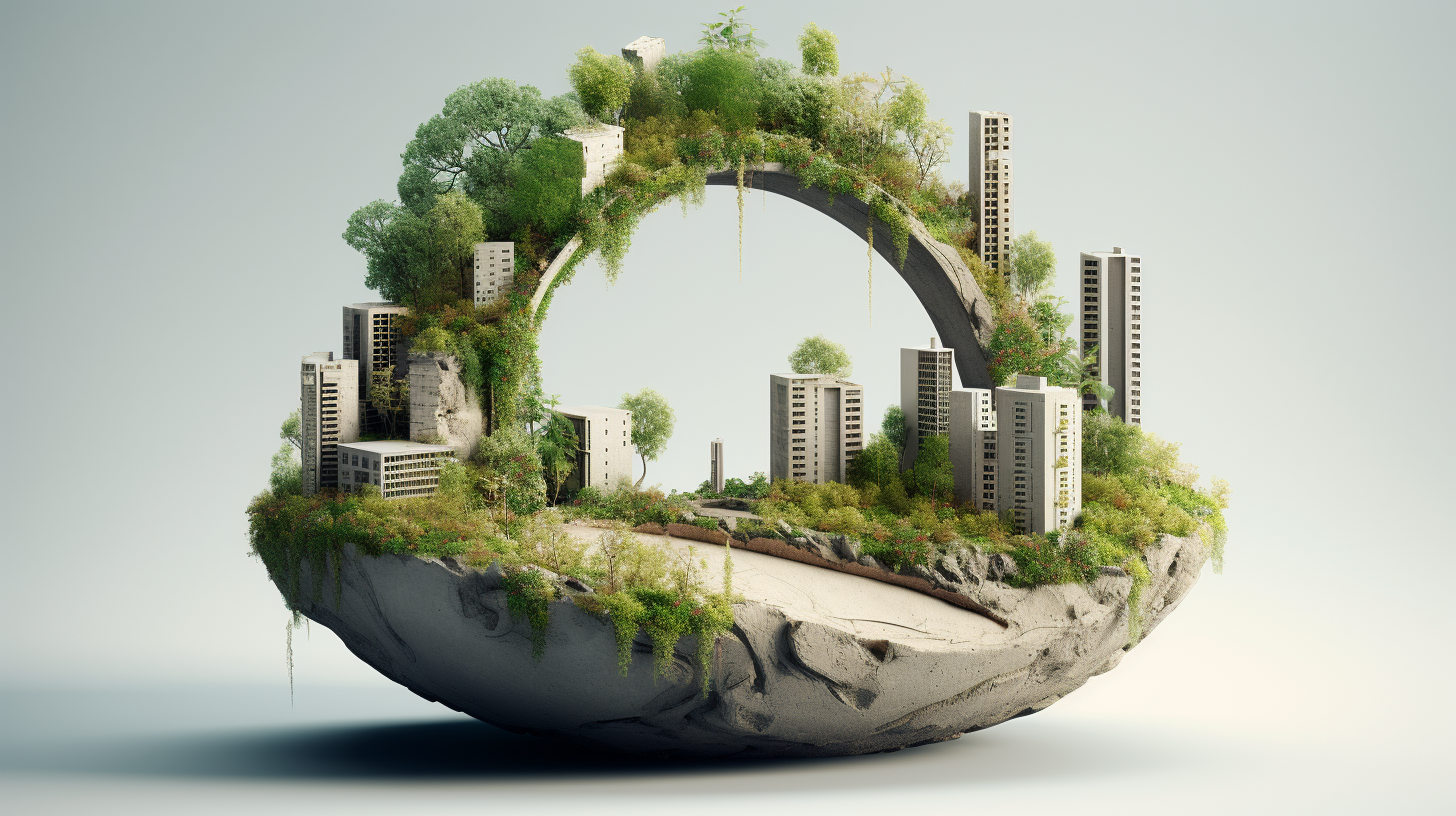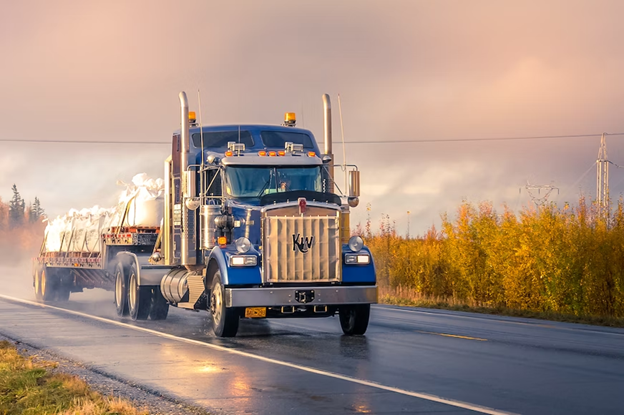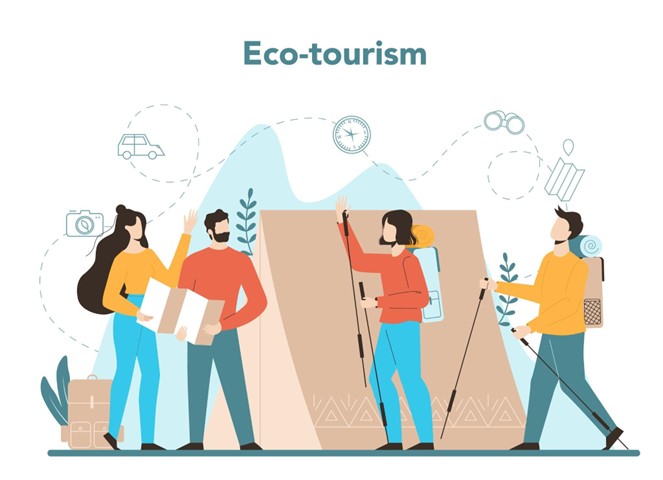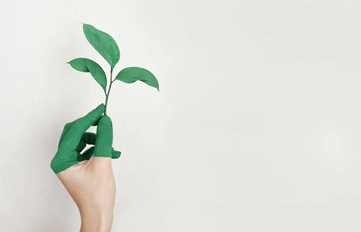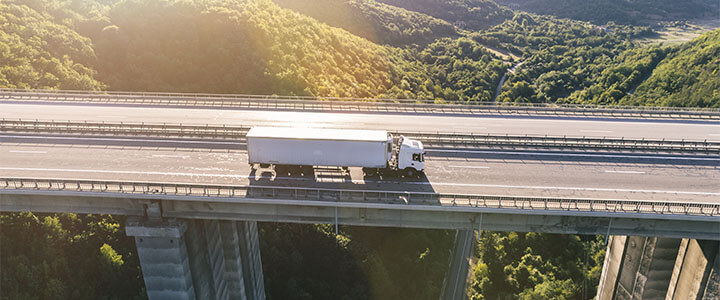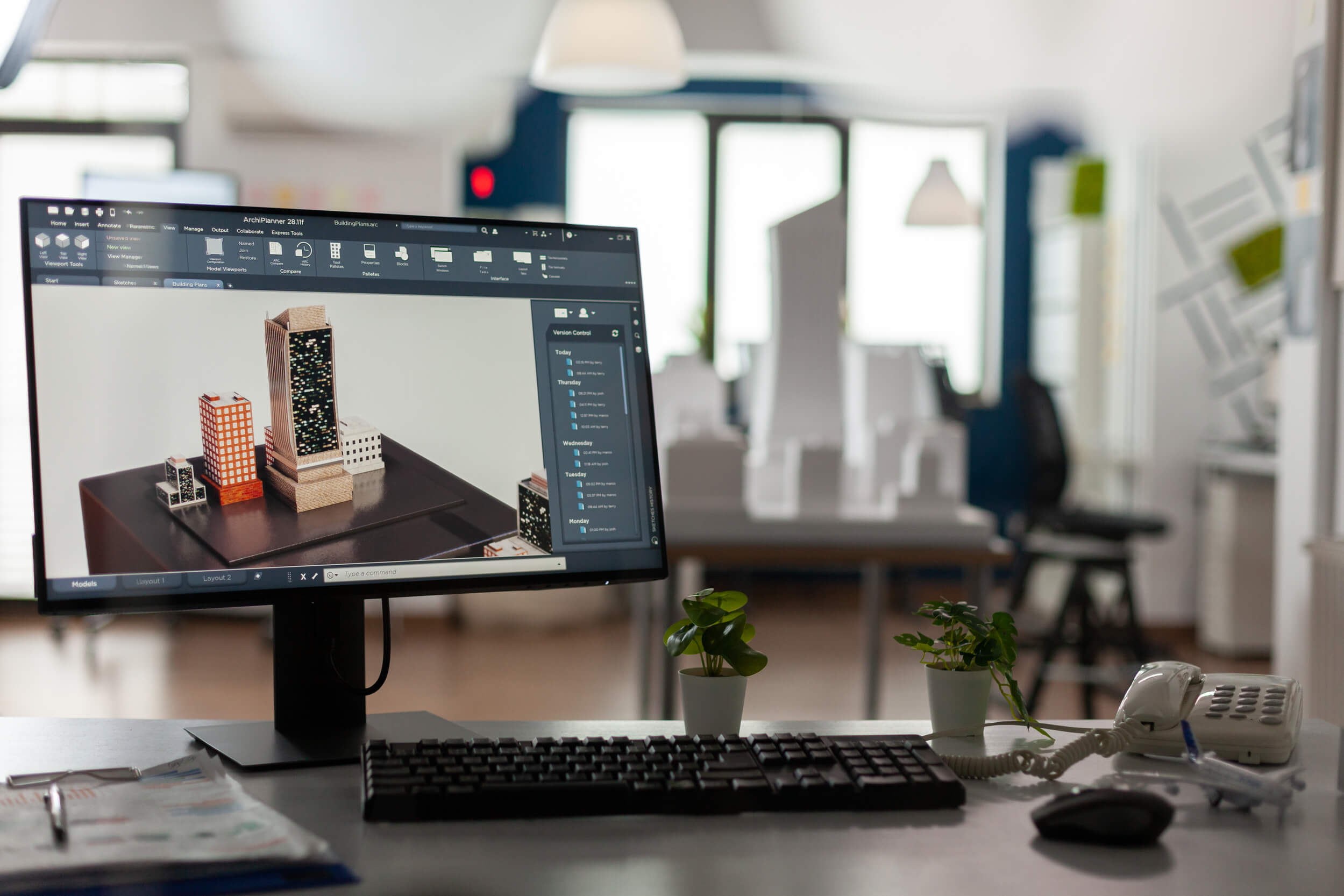Eco-Friendly Shipping: Sustainable Packaging Solutions
Companies have a responsibility to their customers to comply with their demands for environmentally friendly shipping packaging. The demand for eco-friendly packaging solutions has surged in response to the growing interest among consumers in environmentally friendly goods and services. The growing demand from consumers for ecologically friendly products and services has resulted in an explosion in the number of eco-friendly packaging choices that are required.
This article will walk you through the eco-friendly packaging alternatives that are available to you for the shipping needs of your business. It will also explain how you can incorporate these options into your shipping and packaging methods in order to offer your firm the green credentials that consumers of today are looking for in a brand.

What is eco-friendly packaging?
The term, “eco-friendly packaging” is difficult to define. Eco-friendly packaging is any type of packaging that has a lower environmental impact and lower potential for harming humans and other animals. In other words, there are no agreed-upon measures that apply everywhere. Furthermore, there are no standards against which these metrics can be evaluated. What a substance is considered “eco-friendly” varies from person to person. However, as a general rule, eco-friendly packaging is made from materials that are less likely to cause pollution, are safer for people and wildlife, and contribute to a closed-loop system.
Landfills are where much of this trash winds up, and they’re terrible for the environment, local air quality, and people’s health. As such, it is in all of our best interests as consumers, business owners, and global citizens to find a solution to our garbage problem. And it is the consumers themselves who are rising to the occasion. Why wouldn’t your company look towards eco-friendlier packaging options if consumers despise wasteful packaging materials?
Packing Peanuts and Padding
Styrofoam, or expanded polystyrene foam (EPS), is a lightweight and airy material commonly used for loose-fill packing, and its use has recently been outlawed in some parts of the world! Marine life can be negatively impacted when EPS ends up in rivers because it is neither biodegradable nor economically recyclable. Styrofoam has long been the go-to material for shock absorption and movement control in loose-fill packing for fragile or otherwise delicate objects.
Businesses can now purchase biodegradable air peanuts as a close replacement for the traditional packaging peanut. They serve the same purpose as Styrofoam, but decompose quickly and leave no trace of pollution behind..
Bubble Wrap Alternatives
Bubble wrap will keep fragile products safe in transit. However, due to its plastic composition, this is not an environmentally beneficial material. Several sustainable alternatives are currently being explored, which is encouraging.
A wrap created from recycled corrugated cardboard is one example. Instead of being thrown away or recycled, post-consumer cardboard is given new life as a cushioning agent. Careful slicing creates a concertina effect that cushions impacts in much the same way as bubble wrap does. The only downfall is that you can’t pop the bubbles afterward for further fun.
Packing Pillows
To save money and the environment, you can use air pillows instead of Styrofoam or bubble wrap. They come in a wide range of sizes and are perfect for protecting fragile objects during shipping. Inflatable air pillows are just little sacks filled with air.
When compared to alternative cushioning materials, this reduces the amount of plastic required for their manufacture and shipping. In addition, air cushions are completely recyclable, reusable, and biodegradable. However, you should look for air pillows that are manufactured entirely of recycled materials and place special emphasis on biodegradability.
Recycled Paper Products
There needs to be a place to keep all these filler materials, and cardboard boxes are the standard. One cardboard box saves 60% in oil and CO2 emissions compared to other materials, particularly plastic. Cardboard can be recycled multiple times and is completely biodegradable because it is made from natural fibers. However, this does not make cardboard a perfect sustainable material.
Methane gas is released into the air during the biodegradation process. As a result, there is a substantial carbon footprint associated with the decomposition of cardboard in landfills. Furthermore, new fiber production necessitates the use of tree pulp, which is a major contributor to the threat of deforestation. Use recycled paper and cardboard from either consumer or industrial sources to reduce your environmental impact. Additionally, look for FSC-certified products to guarantee your purchase will help sustainably managed forests.
100% Recycled Plastic and Biodegradable Alternatives
In some cases, plastic packaging is your only option for protecting your goods in transit. But there’s no need to sacrifice your green credentials in these instances; 100% recycled plastic and biodegradable alternatives are readily available. Drums, spill trays, and spill control pallets can all be made from recycled plastic, cutting down on the need to mine for new supplies. However, it should be remembered that plastic has a finite life and can only be recycled a few times before it ends up in landfills.
To reduce environmental impact, another option is to use biodegradable plastics. Materials are said to be biodegradable if and to the degree that they can be broken down by microbes to produce harmless byproducts like water, carbon dioxide, and biomass.
Eco-friendly Textiles
As a multipurpose and long-lasting material, eco-friendly textile packaging can help your business save money and reduce waste along the whole supply chain, all while providing additional value to your customers. Hemp, organic or recycled cotton, palm fronds and more, are just some of the organic fabrics available today. All of these substances spontaneously degrade in a short period of time since they are biodegradable.
Pure linen, for instance, has a two-week decomposition time. Plastic bags, by contrast, take ten thousand years to biodegrade and also break down into microplastics that enter food chains and harm wildlife and human health. Here are some suggestions for packing your products in organic materials:
- You can use organic cotton wool as a padding material
- Wraps and bags made of linen and poplin can be used to prevent scratches
- Packaging materials can be held together by hemp tape.
Changing over to environmentally friendly packaging will necessitate a cultural shift within your company. If you want to make a real, good impact on your company and the globe, you’ll need to evaluate and address your supply chain to ensure a holistic approach to your new environmentally friendly process.

